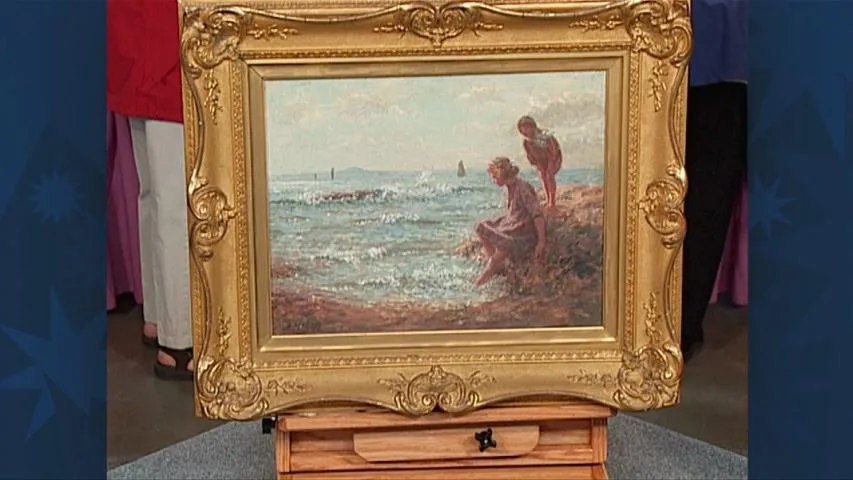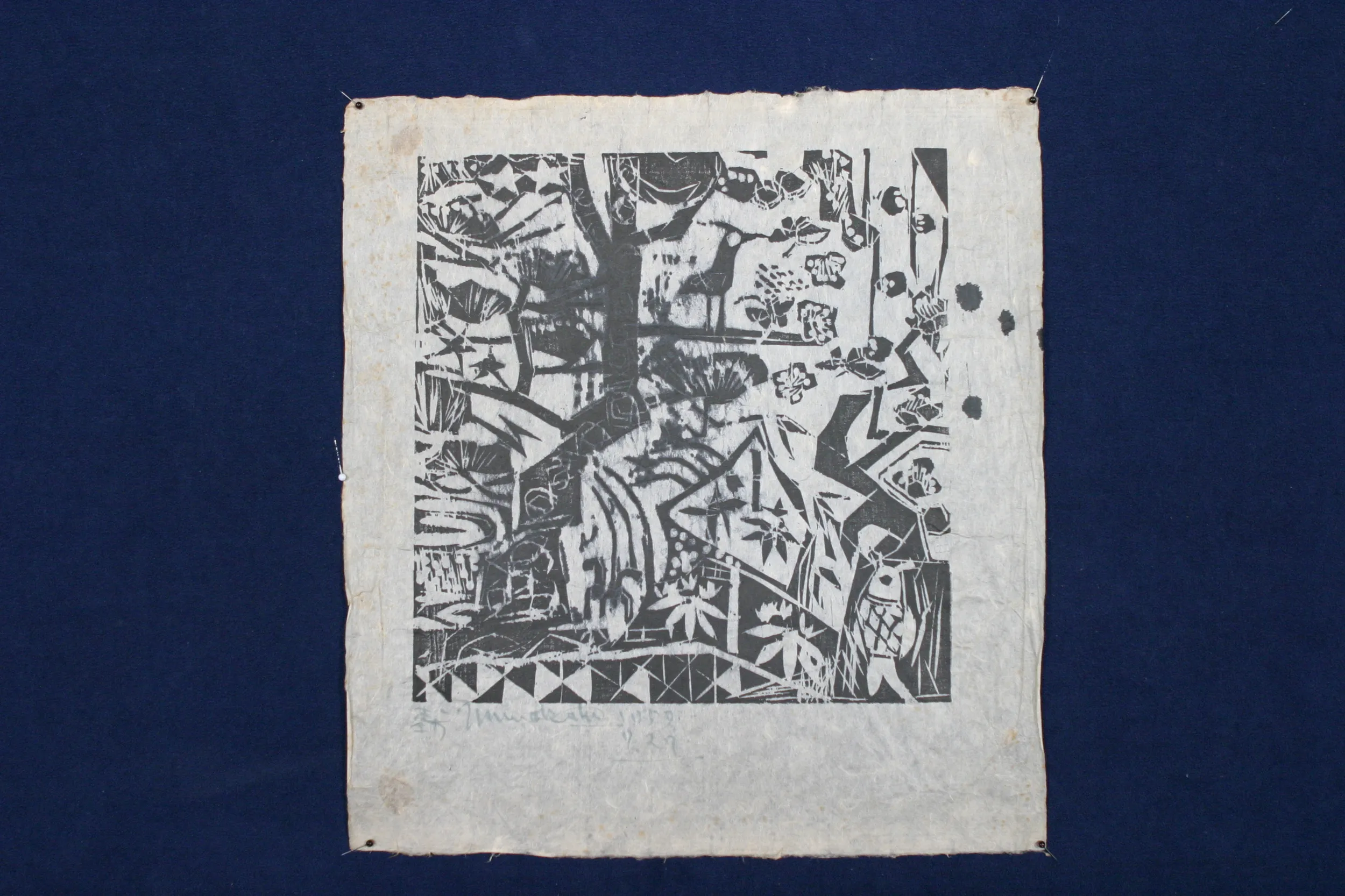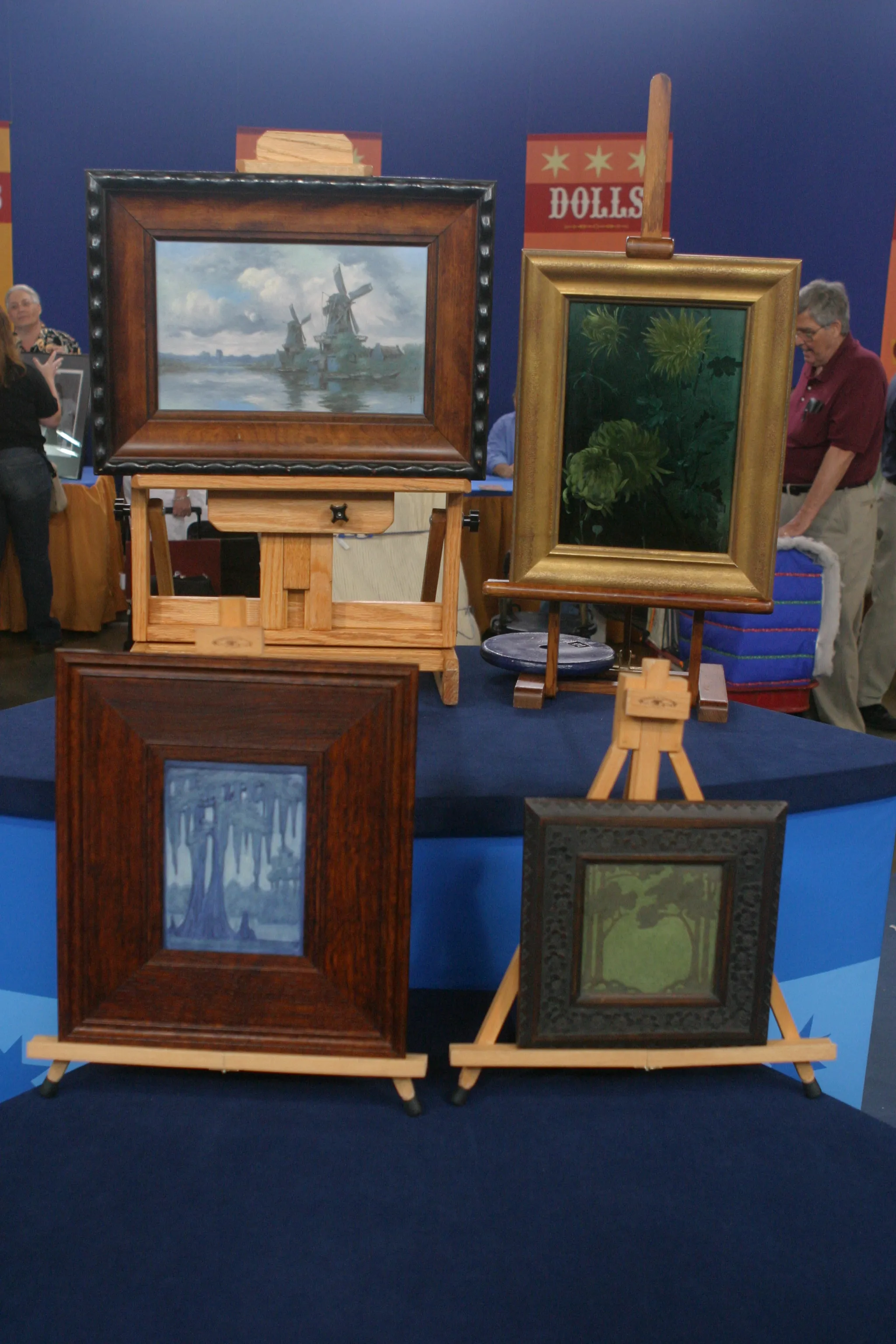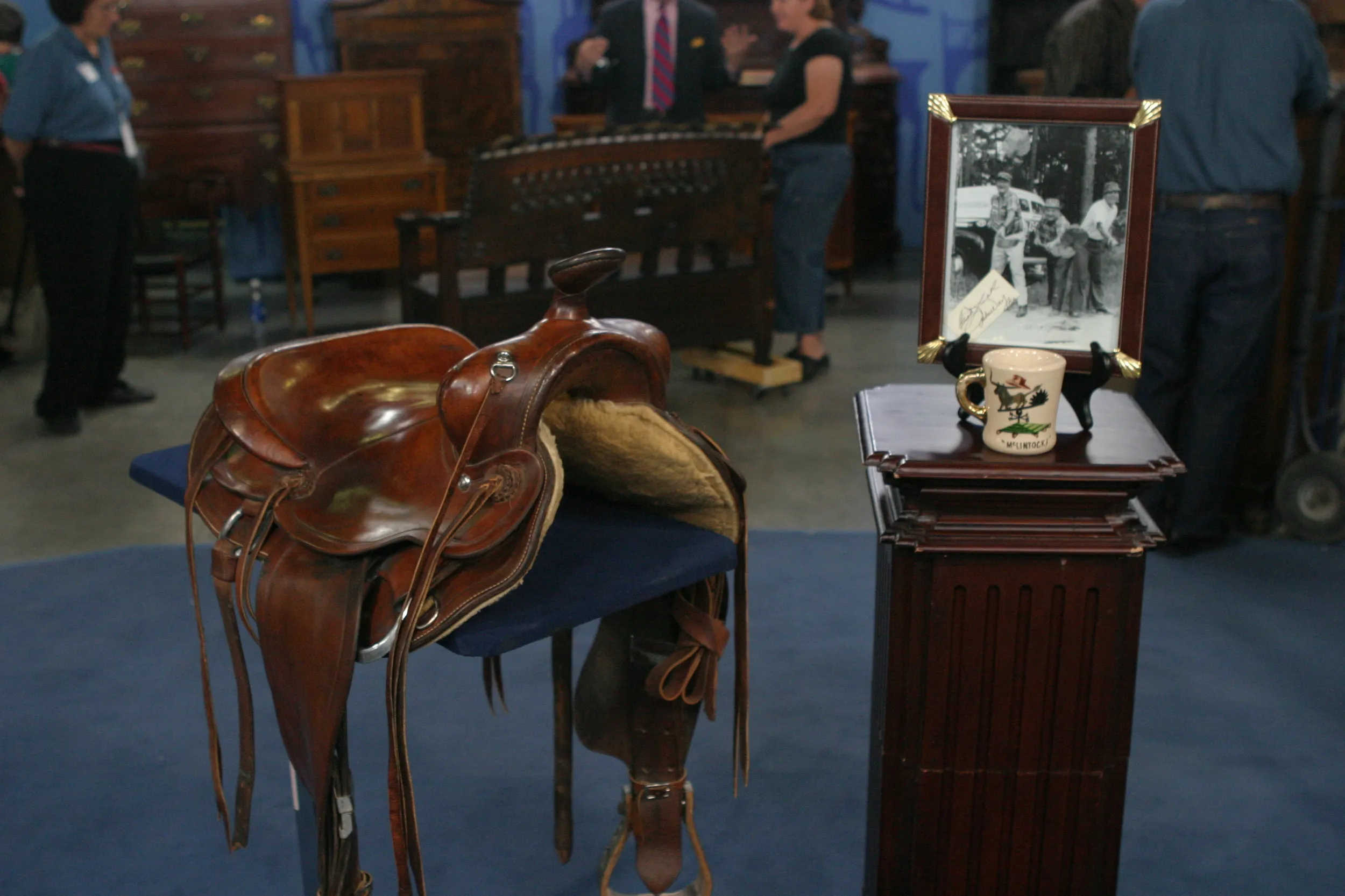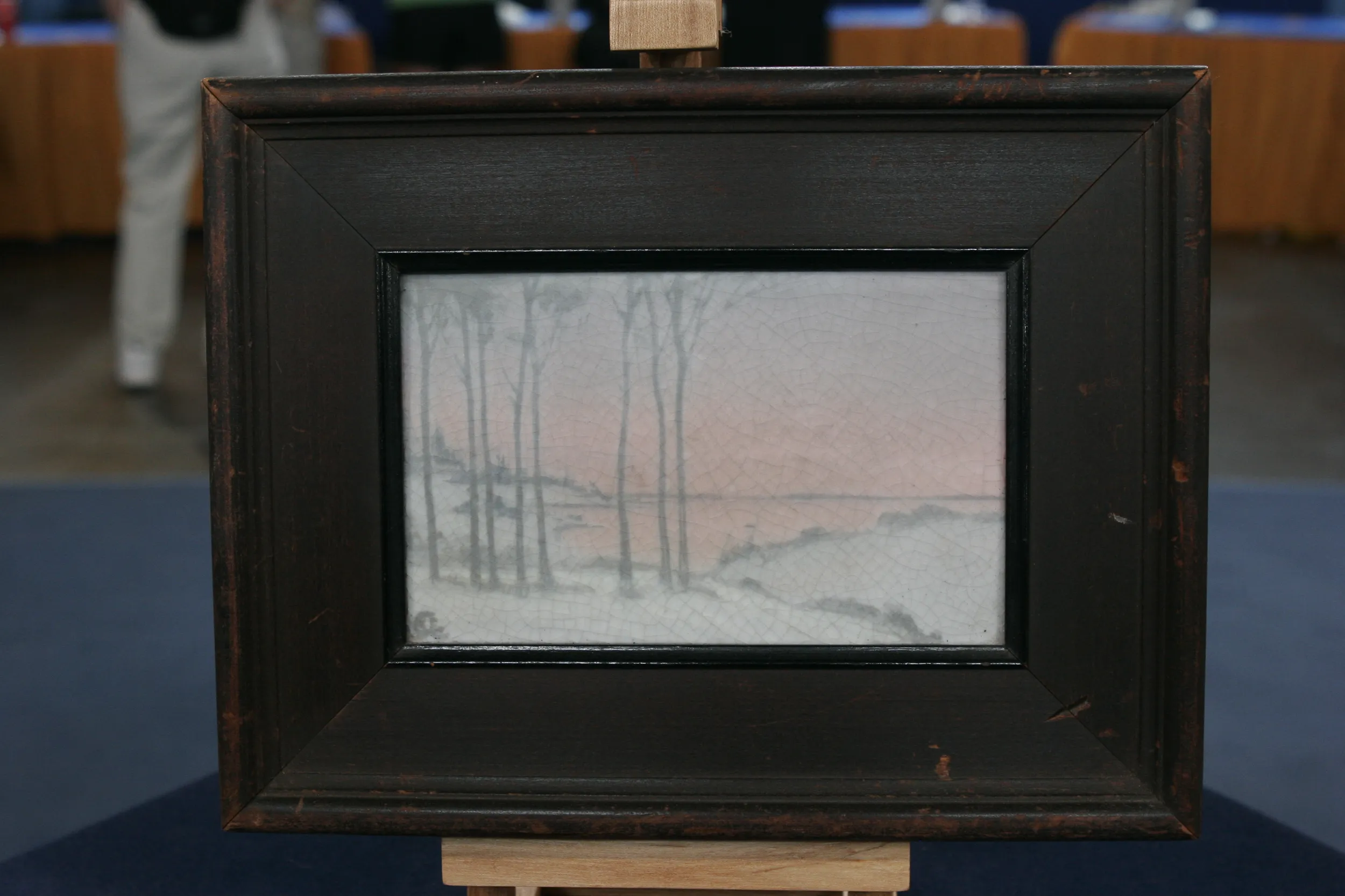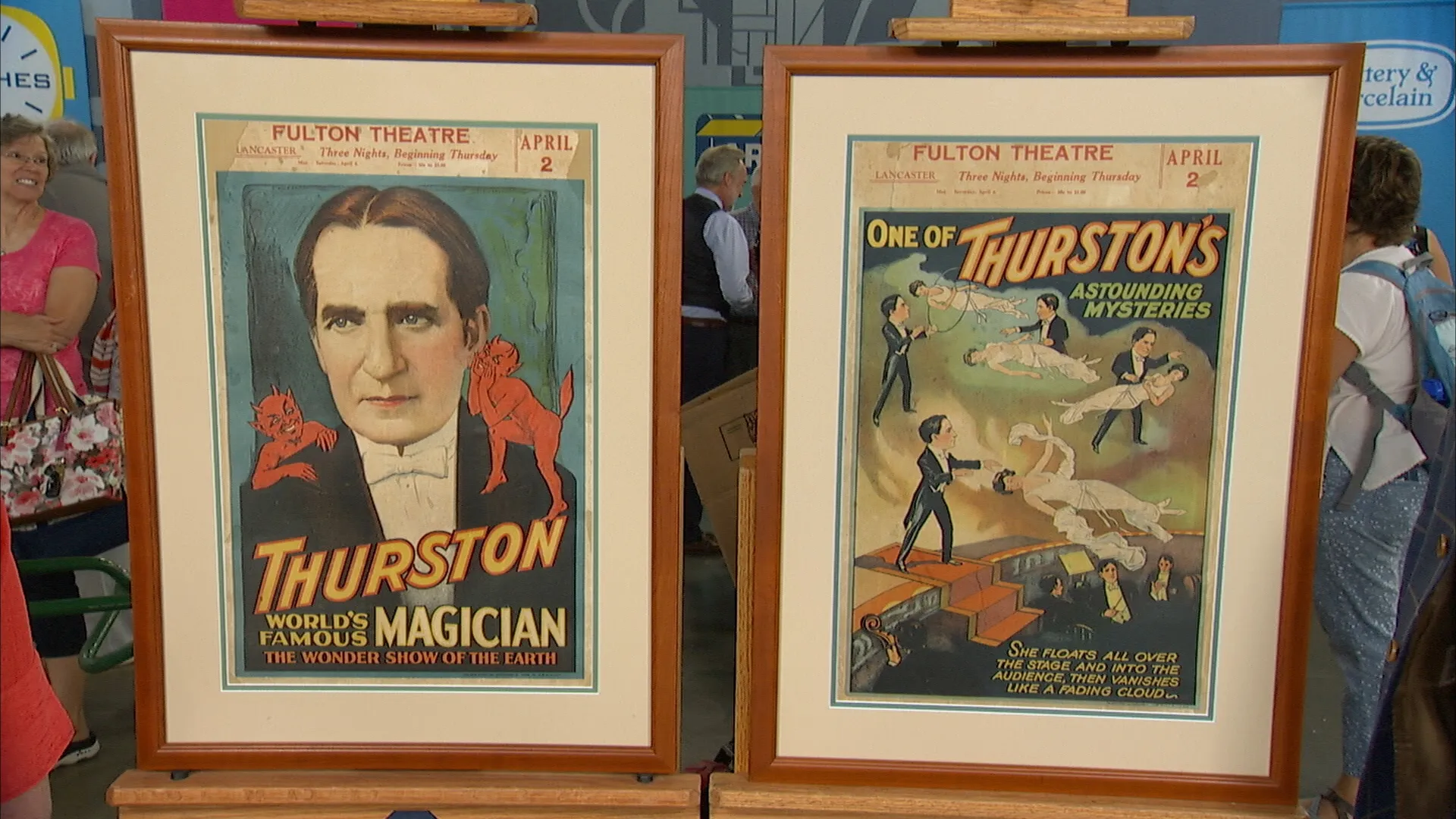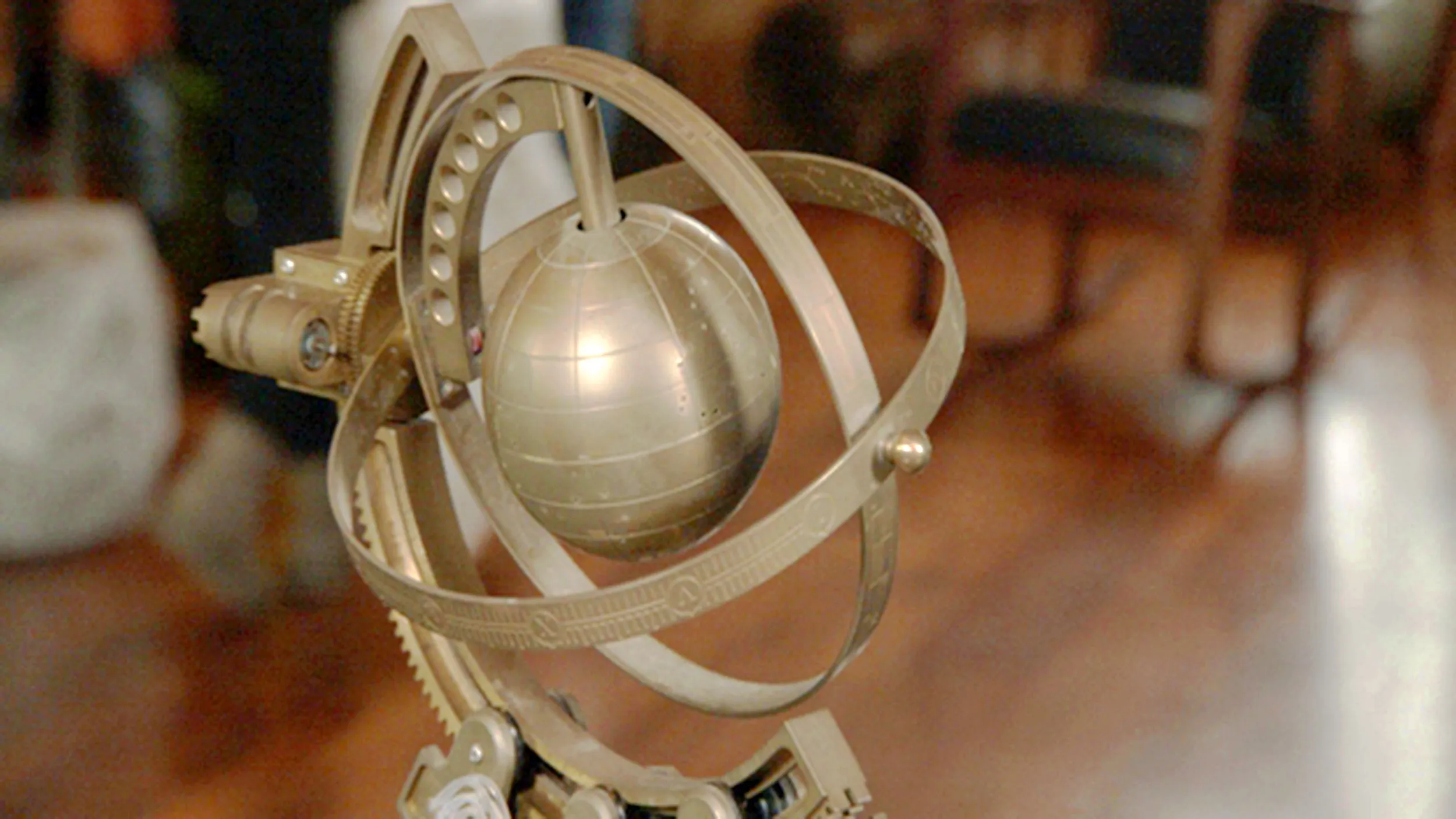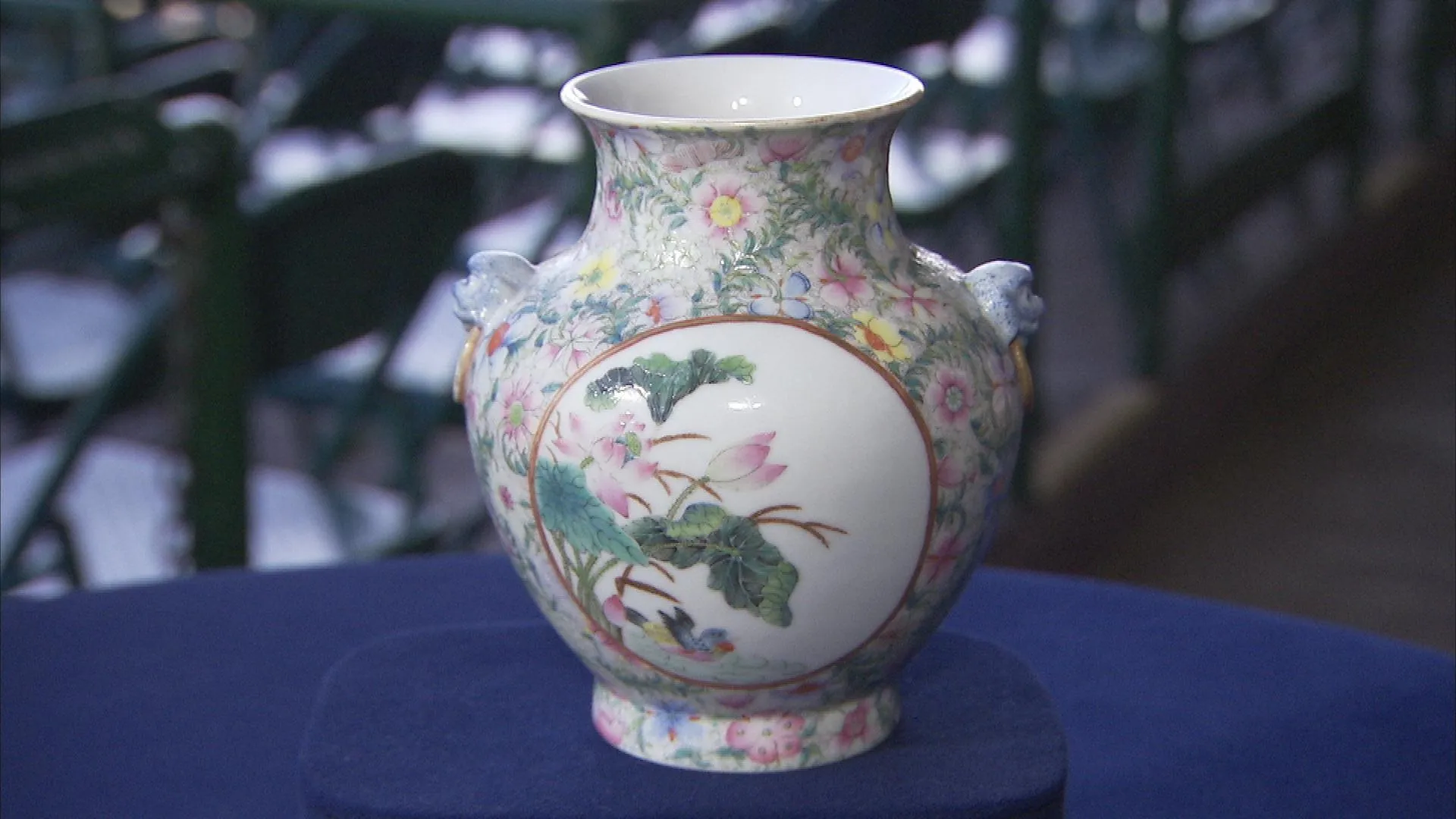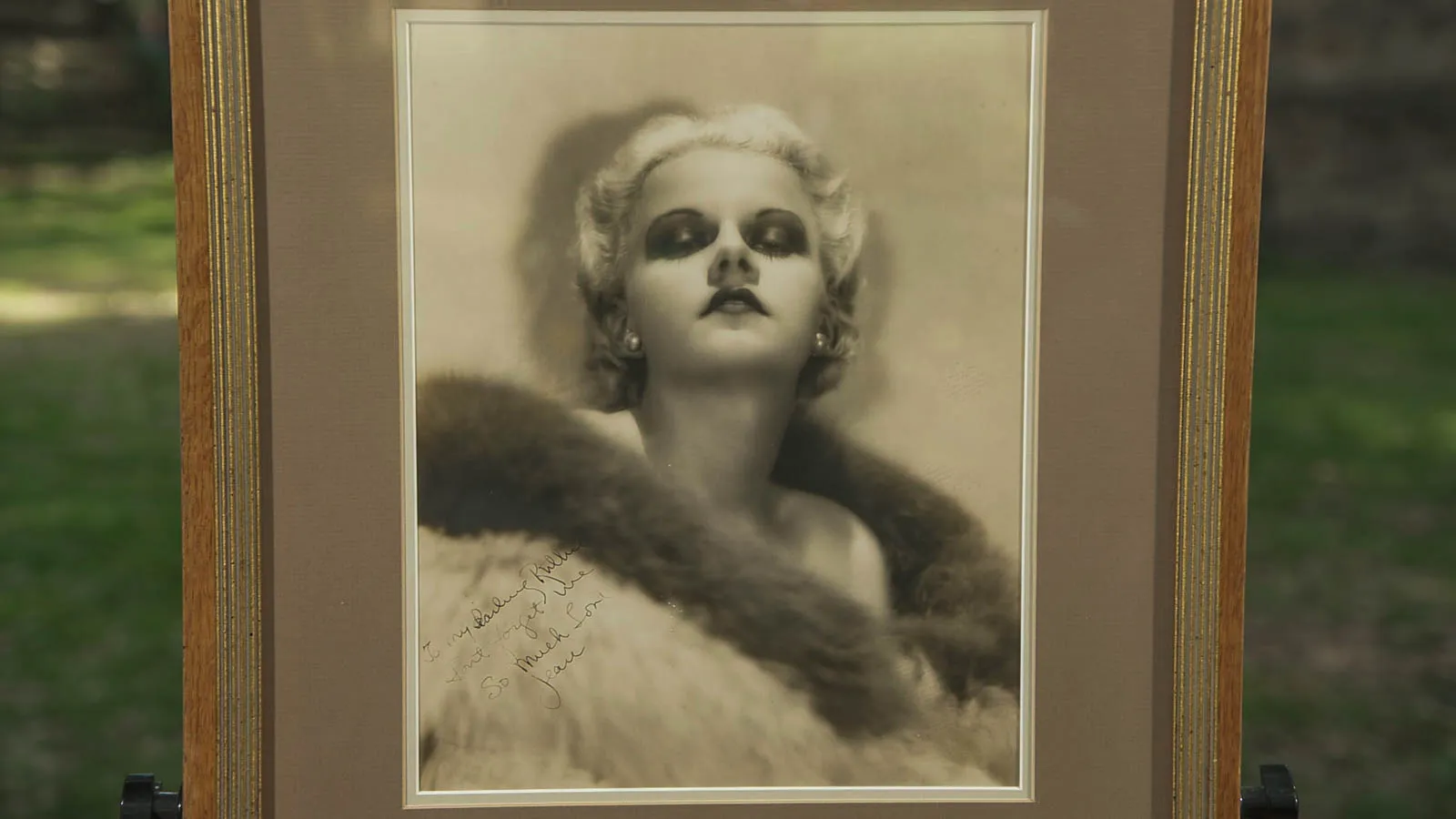APPRAISER: The bird is the word... so to speak. And, actually, the word is also cast iron.
GUEST: Cast iron. Well, my dad and my Uncle Henry were in the scrap iron business back in the early '50s. And they acquired it from some street hoboes. (laughs)
APPRAISER: Street hoboes.
GUEST: Street hoboes from Baltimore who thought this might earn them a little pocket change. And so my dad and uncle eagerly took it off their hands and now I have it.
APPRAISER: First thing I want to tell you is what it is.
GUEST: That would be great.
APPRAISER: Because you've had trouble finding that out.
GUEST: We've been looking for many years.
APPRAISER: It's a gate weight.
GUEST: Well...
APPRAISER: Most of the ones you see are shaped like cannonballs and they were commonly used in England in the 18th century and in America up through the mid-19th century. And the thing that's neat about this is it becomes more than just a piece of cast iron. It's a nice form. It's a bird. I think the reason that the beak is so pointed is so they could stick it in the post to hold the gate open. If they had something in their arms they were carrying it back and forth. Well, see how much it's worn off on the end? I think that paint loss is from sticking it in the wood. The other thing that's nice is it has its original multicolor paint decoration. Every town had a foundry where they made things like this: fireplace tools, kitchen items. You name it, and it was probably cast locally there in Baltimore. What you have is a very functional, but also very decorative item-- one of the things that we look for in American folk art. And on today's market in the condition that it's in, I'd say conservatively its auction estimate would be $600 to $800.
GUEST: Oh, great. (laughs) Lunch is on me. (laughs)

